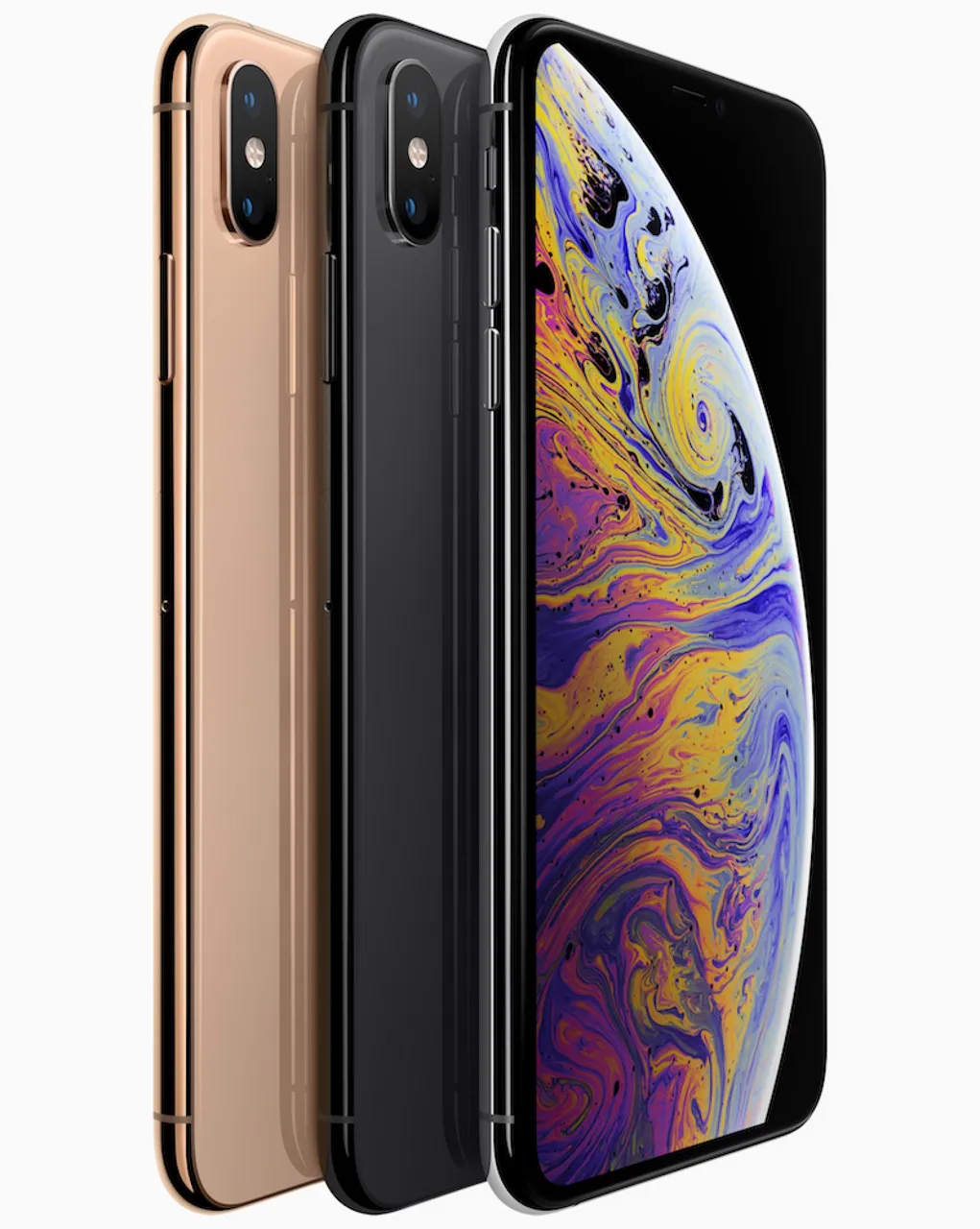
The iPhone is a line of smartphones designed and marketed by Apple Inc. The first iPhone was announced by Apple's co-founder, Steve Jobs, on January 9, 2007, and was released on June 29, 2007. The iPhone revolutionized the smartphone industry by integrating a sleek, user-friendly design with a multi-touch interface, a built-in iPod for music and media playback, and Internet connectivity features.
History of the iPhone:
- iPhone (2007): The first iPhone combined a mobile phone, an iPod, and an internet communication device into one package. It featured a 3.5-inch touchscreen, a 2-megapixel camera, and ran on the original iOS (formerly known as iPhone OS).
- iPhone 3G (2008): The second-generation iPhone introduced 3G connectivity, GPS, and the App Store, which allowed third-party developers to create applications for the platform.
- iPhone 3GS (2009): This model brought improvements in speed, a better camera, and the addition of a compass.
- iPhone 4 (2010): The iPhone 4 introduced a new design with a metal frame and glass) back, a higher-resolution display (Retina), a front-facing camera for FaceTime video calls, and the A4 chip.
- iPhone 4S (2011): The 4S introduced Siri, Apple's virtual assistant, and the iCloud service.
- iPhone 5 (2012): The iPhone 5 featured a larger 4-inch display, a new design with an aluminum body, and the A6 chip.
- iPhone 5S and 5C (2013): The 5S introduced Touch ID, a fingerprint scanner for biometric authentication, while the 5C was a more affordable version with plastic construction.
- iPhone 6 and 6 Plus (2014): These models introduced larger screens (4.7 and 5.5 inches) and the Apple Pay mobile payment system.
- iPhone SE (2016): The SE was a compact 4-inch model with modern hardware, targeting users who preferred smaller devices.
- iPhone 7 and 7 Plus (2016): The 7 series removed the headphone jack, introduced water resistance, and featured dual cameras on the Plus model.
- iPhone 8, 8 Plus, and X (2017): The iPhone X (pronounced "ten") marked the 10th anniversary of the iPhone, featuring an edge-to-edge OLED display, Face ID, and Animoji.
- iPhone XR, XS, and XS Max (2018): These models introduced a new color scheme, improved cameras, and larger displays.
- iPhone 11, 11 Pro, and 11 Pro Max (2019): The 11 series brought improvements in camera capabilities, Night mode, and the A13 Bionic chip.
- iPhone 12, 12 Mini, 12 Pro, and 12 Pro Max (2020): The 12 series introduced 5G connectivity, a new design with flat edges, and improved cameras.
Impact of the iPhone on the world:
The iPhone has had a profound impact on the world in various ways:
- Revolutionized the smartphone industry: The iPhone's user-friendly interface, sleek design, and innovative features set new standards for smartphones, forcing competitors to rethink their strategies.
- App ecosystem: The App Store and the ability for third-party developers to create apps have led to an explosion of creativity, innovation, and entrepreneurship.
- Mobile internet usage: The iPhone popularized mobile internet usage, making it easier for people to access information, communicate, and work on the go.
- Mobile payments: The iPhone played a significant role in the growth of mobile payment systems, such as Apple Pay, making transactions more convenient and secure.
- Personal communication: The iPhone has changed the way people communicate, with features like FaceTime, iMessage, and social media apps becoming integral parts of daily life.
- Privacy and Security: Apple's focus on privacy and security has influenced the industry, leading to better data protection and user privacy measures.
- Creativity and content consumption: The iPhone has transformed the way people create and consume content, from photography and videography to music and podcasts.
In summary, the iPhone has had a significant impact on the world, reshaping the smartphone industry, mobile internet usage, app development, mobile payments, personal communication, privacy, and content creation.
The Future of the IPhone
The future of smartphones is likely to involve several trends and advancements. Here are some possibilities:
- Foldable and rollable displays: Foldable and rollable smartphones could offer larger screens while maintaining compactness. These devices could transform the way we use and carry our phones, enabling better multitasking, gaming, and media consumption experiences.
- Augmented Reality (AR) and Virtual Reality (VR): AR and VR technologies will likely become more integrated into smartphones, offering immersive experiences for gaming, shopping, education, and more.
- Improved biometric authentication: Biometric authentication methods, such as facial recognition, fingerprint scanning, and iris scanning, will become more sophisticated, secure, and seamless.
- Advanced AI and machine learning: AI and machine learning capabilities will continue to improve, enabling better voice recognition, natural language processing, and context-aware features.
- 5G and beyond: The rollout of 5G networks will accelerate, providing faster data transfer speeds, lower latency, and improved connectivity for smartphones. Future generations of mobile networks (e.g., 6G) will further enhance these capabilities.
- Better battery life and charging: Battery technology will advance, offering longer-lasting batteries, faster charging, and more efficient energy management.
- Modular and customizable devices: Modular smartphones could allow users to swap out components or customize their devices according to their needs, extending the device's lifespan and reducing e-waste.
- Integration with IoT devices: Smartphones will become even more central to the Internet of Things (IoT) ecosystem, controlling and interacting with various smart home devices, wearables, and other connected gadgets.
- Enhanced privacy and security: As smartphones become increasingly integral to our lives, privacy and security features will become even more critical. Future smartphones may include advanced encryption, secure enclaves, and other privacy-preserving technologies.
- sustainability: With growing concerns about electronic waste and the environmental impact of technology, future smartphones may focus on sustainability, using recycled materials, and designing for longevity and repairability.
These trends and advancements will likely shape the future of smartphones, making them more versatile, powerful, and integrated into our daily lives.